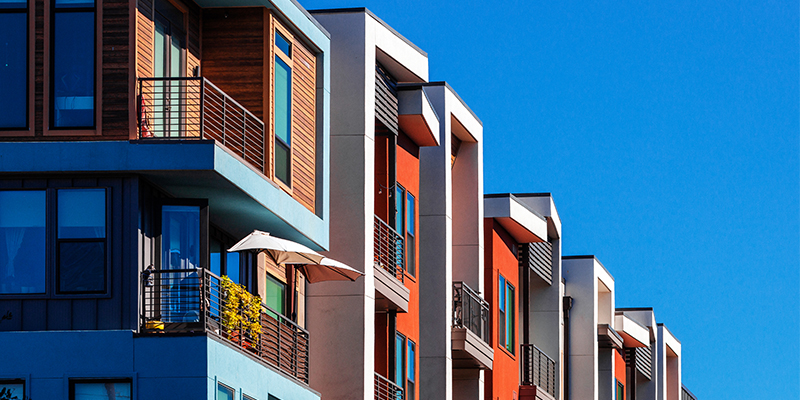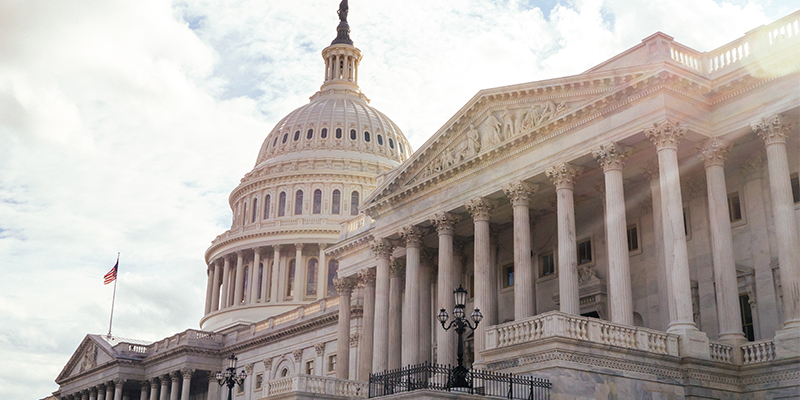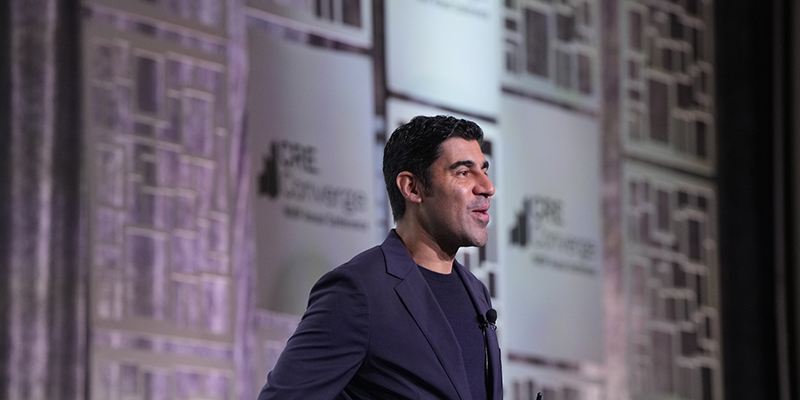By Adina Dragos
The U.S. apartment construction market continues its robust expansion in 2025, with over 500,000 new units expected to open nationwide by year’s end. While delivery volumes have cooled down slightly from 2024’s record pace, construction activity remains significantly above historical averages, reflecting sustained rental demand and favorable development conditions across key markets, according to a report from RentCafe.
The South dominates U.S. apartment construction, driven by strong job growth, business-friendly regulatory environments and sustained population migration. Texas metros, particularly Dallas, Austin and Houston, lead this regional expansion.
At the same time, New York metro maintains its position as the top individual market for the fourth consecutive year, supported by ongoing development in Brooklyn and Manhattan, New York.
Southern Markets Drive National Construction Activity
The South accounts for more than half of all new apartments expected to open in 2025, with over 265,000 units set for completion. Texas and Florida together represent nearly 30% of national construction volume as developers respond to sustained demand from both population growth and economic expansion in these states.
Of course, regional construction activity varies significantly across other areas. For example, the West is set to deliver approximately 126,000 new units, concentrated primarily in California and Arizona. The Midwest is on track to welcome nearly 59,000 new apartments, with Ohio and Indiana contributing 10,000 and 8,000 units, respectively.
Furthermore, the Northeast is expected to add approximately 57,000 units, primarily in key New York and New Jersey locations where developers continue to focus on high-demand urban markets despite elevated construction costs and regulatory challenges.
New York Metro Maintains Its Lead Among the Nations’ Busiest Builders
At the metropolitan level, New York retains its position as the nation’s busiest builder for the fourth consecutive year, with more than 30,000 units scheduled for delivery in 2025. Nearly half of this volume – totaling 14,481 units – is concentrated in Brooklyn, Manhattan, and Queens, New York. This demonstrates the scale of development activity within New York City’s core boroughs.
Dallas ranks second with nearly 29,000 anticipated units, despite experiencing a slowdown compared to 2024. Austin comes in third with 26,700 apartments scheduled for completion, including more than 15,000 units within the city limits. Houston’s metropolitan area expects significant delivery volume as well, with approximately 7,770 units concentrated in the city proper, while surrounding suburbs including Cypress and Spring will contribute an additional 1,300 and 1,100 units, respectively.
San Antonio also ranks among the top 20 metropolitan markets for new construction, with more than 8,000 units projected for 2025. Interestingly, Miami – the nation’s most competitive rental market – ranks seventh nationwide with approximately 15,600 units on track to be completed this year.
Austin Leads City-level Construction Activity
When zooming in on construction at the city level, Austin emerges as the clear leader in 2025, with more than 15,000 expected units – exceeding the total construction activity of most entire metro areas. Sustained job growth in technology and continued in-migration from other states have fueled intensive development activity in recent years, with most developments now reaching completion.
Other Texas locations maintain strong positions in city-level rankings. For example, Houston ranks third with nearly 8,000 apartments set to open this year, followed by San Antonio with almost 6,000 units and Dallas with a comparable total.
Fort Worth also made the top 20 with nearly 4,000 anticipated units as the city continues rapid expansion within the growing Dallas-Fort Worth metropolitan economy.
Sunbelt Cities Demonstrate Strong Construction Momentum
Charlotte, North Carolina, ranks second at the city level with more than 12,000 apartments set for completion. This reflects the city’s diverse economy and growing appeal among young professionals and families.
Phoenix ranks fifth with just over 6,400 new apartments, supported by expansion in technology and manufacturing, as well as municipal initiatives that facilitate development activity.
Atlanta follows in sixth place with approximately 6,300 units on track to open this year. Here, much of the new apartment construction is driven by transformative projects including the BeltLine and Midtown revitalization efforts that attract younger renters seeking urban housing options.
Smaller Markets Show Significant Construction Growth
Beyond major metropolitan areas, 2025 has been notable for substantial increases in the pace of deliveries in smaller and mid-sized markets. Naples, Florida, demonstrates the most dramatic growth with a 275% increase in new apartment deliveries compared to the previous year. This highlights the market’s evolution beyond its traditional retiree base as younger residents seek alternatives to Miami and Tampa, Florida.
Not to be outdone, Birmingham, Alabama, has nearly tripled its estimated apartment completions this year, supported by downtown revitalization initiatives and a growing renter base attracted by affordability and emerging job opportunities.
Over in California, Riverside is also experiencing a building spree with more than 6,000 units set to open this year – more than double the 2024 total. This surge reflects migration patterns from Los Angeles and Orange County as renters seek more affordable housing alternatives.
Midwestern cities including Lincoln, Nebraska, and Sioux Falls, South Dakita, are also estimated to double their apartment completions this year, supported by steady economic growth and rising demand from younger renters.
Some Markets Experience Construction Declines
However, not all metro areas are experiencing growth. Several markets show sharp declines in new construction compared to 2024 levels. Notably, Chicago leads this trend with the steepest decrease year-over-year, down more than 60% to fewer than 4,000 units estimated to open this year.
Higher construction costs, slower permitting processes, and reduced project initiation in recent years have combined to limit development momentum in the Chicago area.
Madison, Wisconsin, (1,664 expected units) and the Minneapolis-St. Paul metro area (more than 5,600 expected apartments) are also experiencing declines exceeding 50%, reflecting both tighter lending conditions and shifting renter demand patterns.
On the West Coast, Portland’s development pipeline has contracted by half to only 3,900 units set to come online this year. At the same time, anticipated completions in California’s San Francisco Bay Area are down more than 50% with just over 4,000 units. In both markets, slower population growth, affordability challenges, and uncertainty about future urban demand patterns are moderating developer activity.







